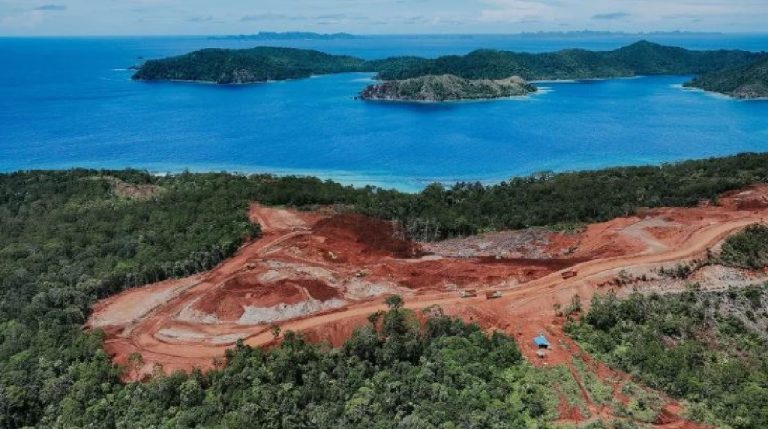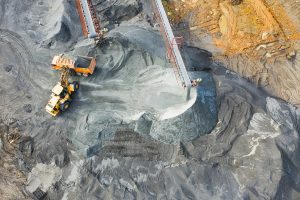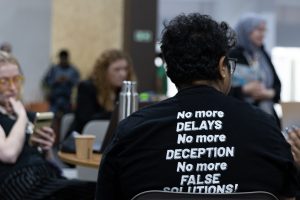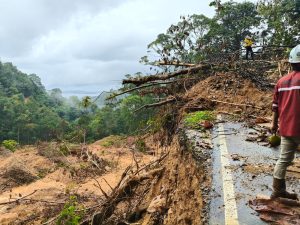Jakarta – The Indonesian government will conduct a thorough evaluation of nickel mining activities on Gag Island, Raja Ampat, Papua, following growing concerns from communities and environmental groups about the industry’s impact on one of Papua’s iconic ecotourism areas. The announcement was made in an official statement on Tuesday, 3 June.
Minister of Energy and Mineral Resources (MEMR), Bahlil Lahadalia, highlighted the importance of mining operations that not only comply with technical regulations but also uphold environmental principles and local Papuan values.
“I will call the business owners, both state-owned and private. We must ensure that all mining activities comply with EIA (Environmental Impact Assessment) rules and do not damage existing local wisdom,” Bahlil said.
He said that Papua is a special autonomous region, so the approach to natural resource management in this region cannot be equated with other areas. He realised that there were aspirations of the local community that needed to be respected in the decision-making process.
“In Papua, the treatment must be special. There is a possibility that the approach so far has not been right. We will re-evaluate so that there is no tension between investment and the community,” Bahlil explained.
Gag Island itself is currently the operating area of PT Gag Nikel Indonesia, a subsidiary of PT Aneka Tambang Tbk (Antam), which holds an official Mining Business Licence (IUP). However, concerns over the environmental and social impacts of mining activities in the area continue to mount.
Activist spotlight: Nature tourism threatened
Environmental activist from Greenpeace Indonesia, Kiki Taufik, expressed his concern that mining expansion in Raja Ampat, including on Gag Island, has threatened the existence of areas that should be protected.
“Raja Ampat is one of the best natural tourist destinations in Indonesia. Now its beauty is under threat due to widespread nickel mining,” Kiki said in a video upload on Greenpeace’s Instagram account, Sunday, 1 June.
Greenpeace stated that mining activities not only occurred on Gag Island but also extended to Kawe Island and Manuran Island, disrupting both marine and terrestrial ecosystems. Mining pits and sedimentation pose a direct threat to Raja Ampat’s biodiversity.
The organisation also highlighted that mining permits have been granted for almost all islands in Raja Ampat, including small islands, which are considered highly vulnerable to permanent damage.
In response, Bahlil ensured that the government would conduct an evaluation of the EIA document and adjust mining governance to ensure environmental sustainability.
“If the EIA says it must be maintained, then we must maintain it. There must be no violations. In the future, we want to make sure that investment should not sacrifice the environment or hit the wisdom of local communities,” he said. (Hartatik)
Banner photo: Mining activities on Gag Island, Raja Ampat Regency, Southwest Papua. (Photo source: Greenpeace)















